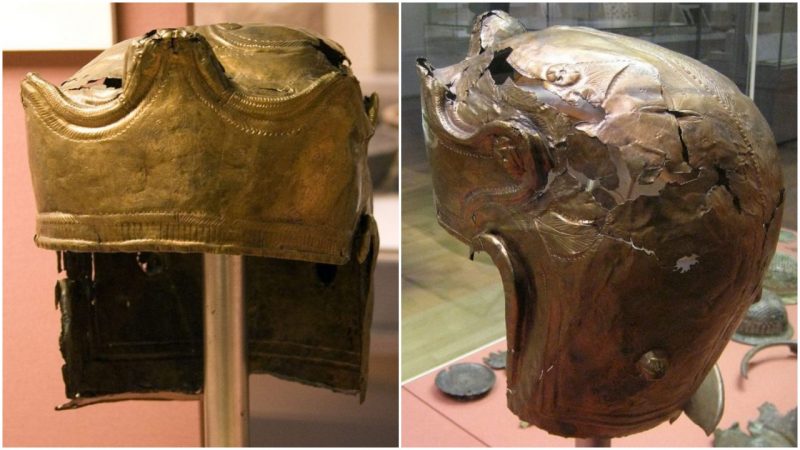There have been times in history when hundreds, if not thousands, of cavalrymen, stood along Hadrian’s Wall, which once marked the Roman border of Britannia. Each member of the garrison was distanced from another by about 150 feet, which would make for quite a staggering formation. Each of the soldiers was probably clear on how important it was to have their face protected, and the greater portion of the garrison members likely did wear some type of headgear.
Perhaps one such item of Roman cavalry headgear–the famed Guisborough Helmet, discovered in August 1864 at Barnaby Grange Farm, not very far from the small town after which it took its name–belonged to a member of a garrison who at some point guarded the very wall marking the northernmost limits of the Roman Empire.
When the helmet was initially found, amid road-building efforts in North Yorkshire country, it wasn’t immediately recognized what it was, nor was an appropriate estimate made for its age. Its finders only thought they had come across an interesting item, a strange piece of metal you don’t happen to stumble upon every day.
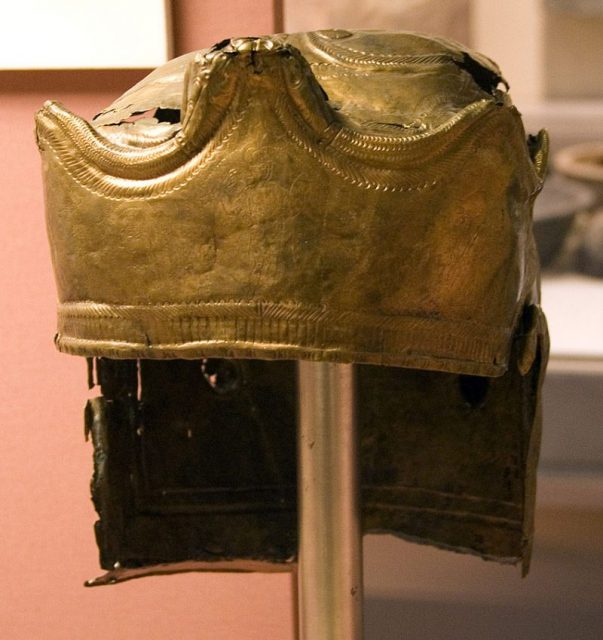
Made of copper alloy, the gear was at first supposedly interpreted as a breastplate of Anglo-Saxon or Celtic origin. Only when it was later donated to the British Museum, in 1878, was the piece suitably classified as a 3rd-century Roman artifact, a helmet worn by a warrior. As such, it was carefully taken care of, restored, and displayed in an appropriate quarter of the museum. Originally, the headgear would have also had fitted cheekpieces, which unfortunately seem to be lost.
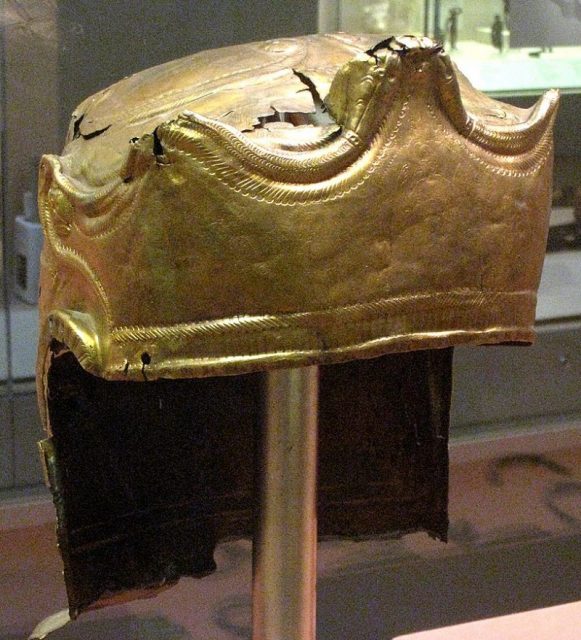
The helmet is lightly decorated with engravings of three ancient Roman deities, Victory, Mars, and Minerva. It is believed that the Guisborough Helmet was intentionally disposed of by its owner as it was reportedly found deployed just inches away from a stream, flattened and folded.
For everything to make even less sense, no related objects have been found in the proximity of the cavalry helmet, and it was buried at a considerable distance of any location associated with the Roman military or anything Roman, whatsoever. In this sense, the depositor of the helmet has acted as its accidental encryptor, leaving behind many open questions for modern-day archaeologists.
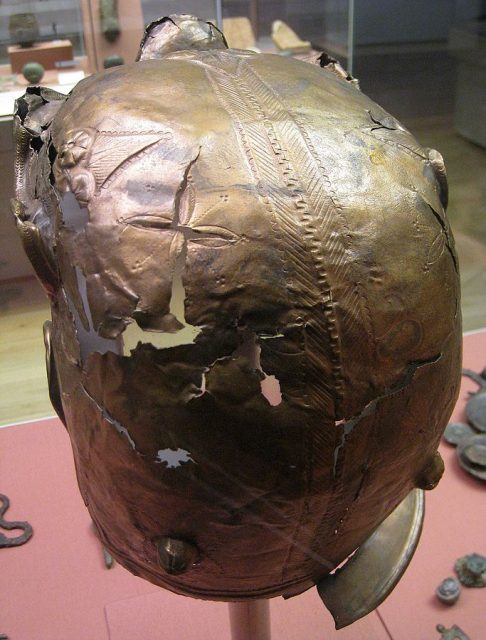
One answer might lie in the writings of Dutch history writer, Johan Nicolay, who has pondered on the topic of the use of weapons in contexts other than warfare. A potential explanation for the enigma might be that the Roman military equipment perhaps had a certain kind of “lifecycle,” in which retired soldiers took some of their gadgets home as memorabilia after their service ended. Another consideration is that some of them may have disposed of the items, burying them as part of particular religious beliefs, and away from any barracks or other military infrastructure.
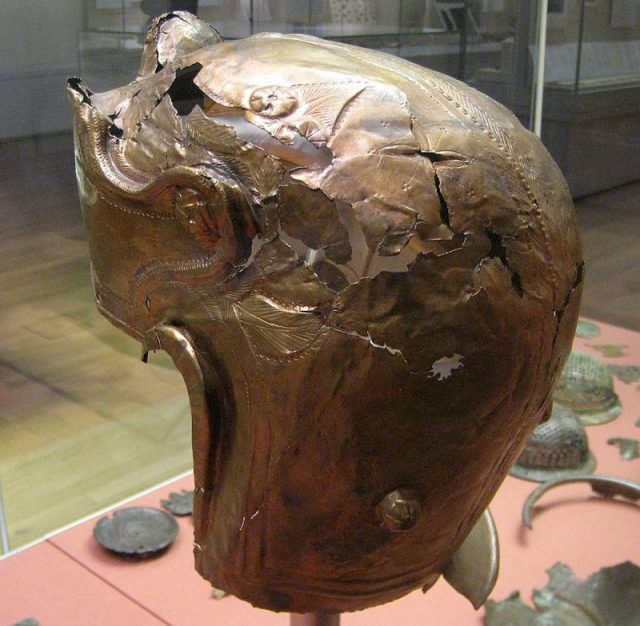
It has been a puzzle for historians and archaeologists to determine if the Guisborough Helmet was intended for combat use or perhaps for military events like parades and cavalry sports. The truth might be both.
More recent research has also suggested that the artifact was of high value as it has been proven that just engraving the decorations on it would have taken several days of work.
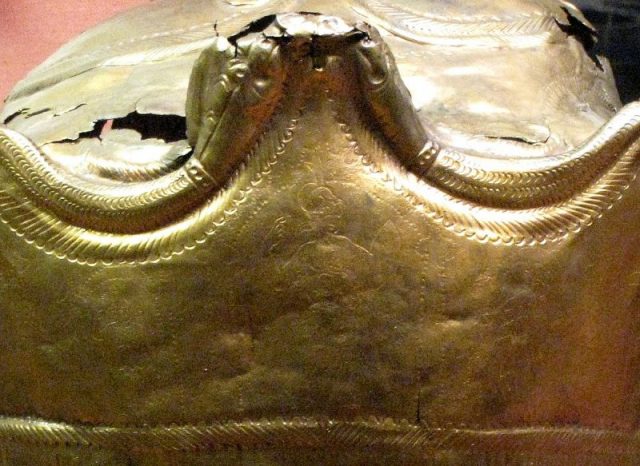
That the Guisborough Helmet could have been a much-treasured item is no surprise, especially when bearing in mind that other Roman cavalry headwear such as the Crosby Garrett Helmet, found with a metal detector by a British treasure hunter and sold at auction in 2010, hit a mesmerizing $3.6 million.
Unlike the Guisborough Helmet, though, the Crosby Garrett Helmet may feel a bit more imposing, thanks to its fully preserved face mask part, with even more elaborate details such as tufts of curly hair and a griffin on top. More likely, this more recently found headwear had not been in any combat but was reserved for some of the special Roman cavalry ceremonies.
